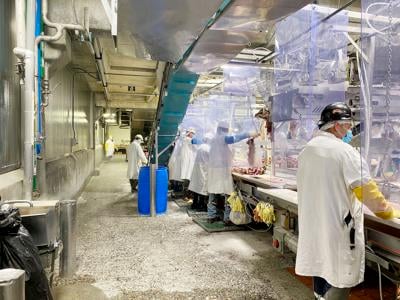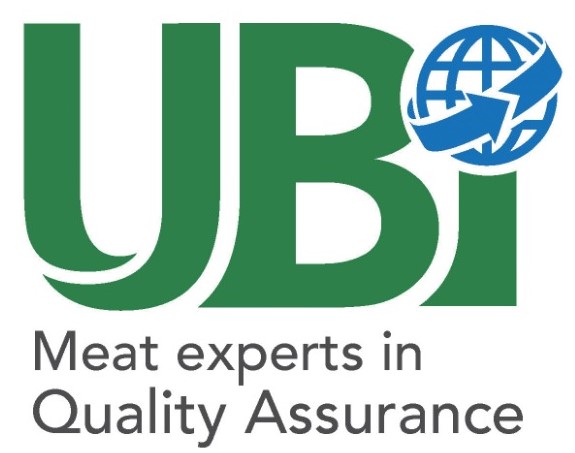Rabobank expects global beef, cattle prices to move lower
-
- By CAROL RYAN DUMAS Capital Press
Jun 16, 2021
 Workers process beef at the Tyson Foods plant in Pasco, Wash. Tyson Foods
Workers process beef at the Tyson Foods plant in Pasco, Wash. Tyson Foods
Many regions around the world are experiencing high prices for beef or cattle, leaving analysts at Rabobank to question whether that will ultimately force overseas prices to drop.
Many regions around the world are experiencing high prices for beef or cattle, leaving analysts at Rabobank to question whether that will ultimately force overseas prices to drop.
While there are some common factors, such as strong demand from China, local drivers — herd rebuilding in Australia and a re-opening of foodservice in the U.S. — are arguably more important in causing the record prices, the analysts said in their latest “Beef Quarterly” report.
They expect many of those local factors to eventually correct and cause an adjustment in prices.
“However, with China’s demand expected to remain firm, we also believe that the market has seen a fundamental step up,” they said.
They also warned that the global beef supply is so tight that any local disruptions — such as droughts or an increase in consumer demand — now have the potential to exert a much more dramatic impact on global trade.
In the U.S., renewed competition between foodservice and retail, combined with grilling season, all–time high consumer income and savings and strong exports have put the U.S. beef sector in a demand-driven market.
Beef prices in April were 18.5% higher at wholesale and 11.5% higher at retail compared to April 2019. Beef production January through April was up 6% compared with the same period in 2019.
“Unfortunately for cattle producers, the imbalance between fed cattle and operational packing capacity has prevented high beef prices from filtering through to cattle prices,” the analysts said.
Despite record-strong beef demand, cattle prices have been depressed throughout the pandemic. Both domestic and export beef markets continue to be exceptional, but fed cattle prices continue to be a huge disappointment, they said.
The analysts estimate fed cattle supplies have averaged 120% of operational packing capacity since April 2020, and current fed cattle prices are about 41% of beef cutout values.
The insufficient slaughter capacity is further hamstrung by a labor shortage, restricted productivity at plants due to COVID-19 protocols and larger-than-normal slowdowns due to weather and plant maintenance, the analysts said.
They expect wholesale beef prices to moderate in the near future as the peak of grilling season purchases subside, restaurant supply chains are filled and consumer stimulus money is spent or reallocated. But cutout prices could remain 5% to 10% above pre-pandemic levels for much of 2021.
If fed cattle supplies can fall back under packing capacity constraints in the third quarter, cattle producers will get a larger share of the beef dollar throughout the second half of this year, they said.
Year to date, beef cow slaughter is up 2.5% from a year earlier. Continued drought across the West, rapidly escalating feed costs and tight hay supplies are forcing cow slaughter.
“Despite increased feed costs, demand for replacement cattle remains stronger than earlier expected,” they said.
A third year of cow liquidation is starting to force a reduction in feeder cattle supplies, they said.
“Reduced feeder supplies and sharply higher production costs are forcing a reduction of feed yard placements,” they said.
The analysts expect reduced fed cattle supplies late in the third quarter and into the fourth quarter.
Via Capital Press
